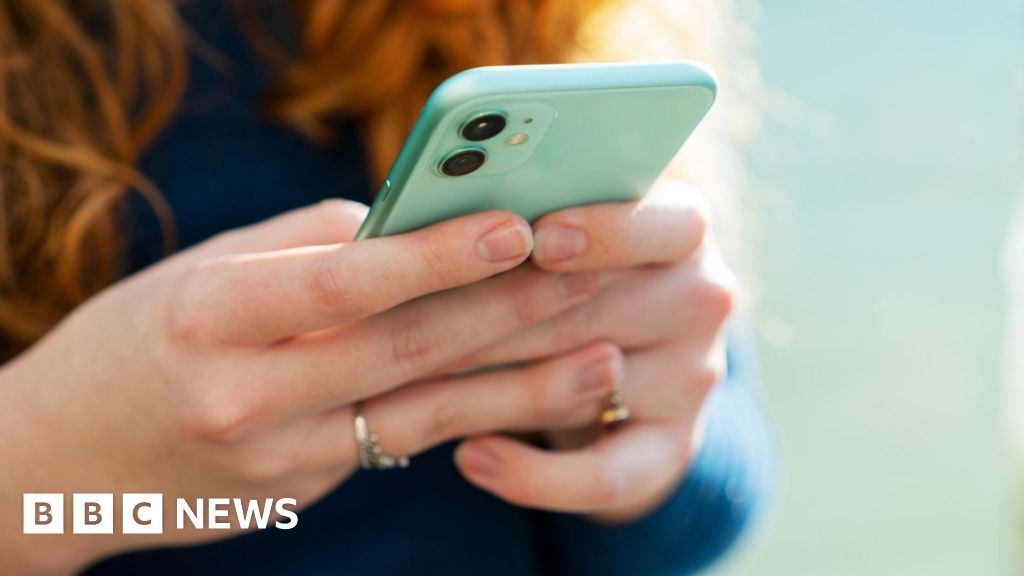Other messaging apps have gone down different routes.
Signal, a platform renowned for its message security protocols which have become industry-standard, is a non-profit organisation. It says it has never taken money from investors (unlike the Telegram app, which relies on them).
Instead, it runs on donations – which include a $50m (£38m) injection of cash from Brian Acton, one of the co-founders of WhatsApp, in 2018.
“Our goal is to move as close as possible to becoming fully supported by small donors, relying on a large number of modest contributions from people who care about Signal,” wrote its president Meredith Whittaker in a blog post last year.
Discord, a messaging app largely used by young gamers, has a freemium model – it is free to sign-up, but additional features, including access to games, come with a pricetag. It also offers a paid membership called Nitro, with benefits including high-quality video streaming and custom emojis, for a $9.99 monthly subscription.
Snap, the firm behind Snapchat, combines a number of these models. It carries ads, has 11 million paying subscribers (as of August 2024) and also sells augmented reality glasses called Snapchat Spectacles.
And it has another trick up its sleeve – according to the website Forbes, between 2016-2023 the firm made nearly $300m from interest alone., external But Snap’s main source of revenue is from advertising, which brings in more than $4bn a year.
Credit: Source link











